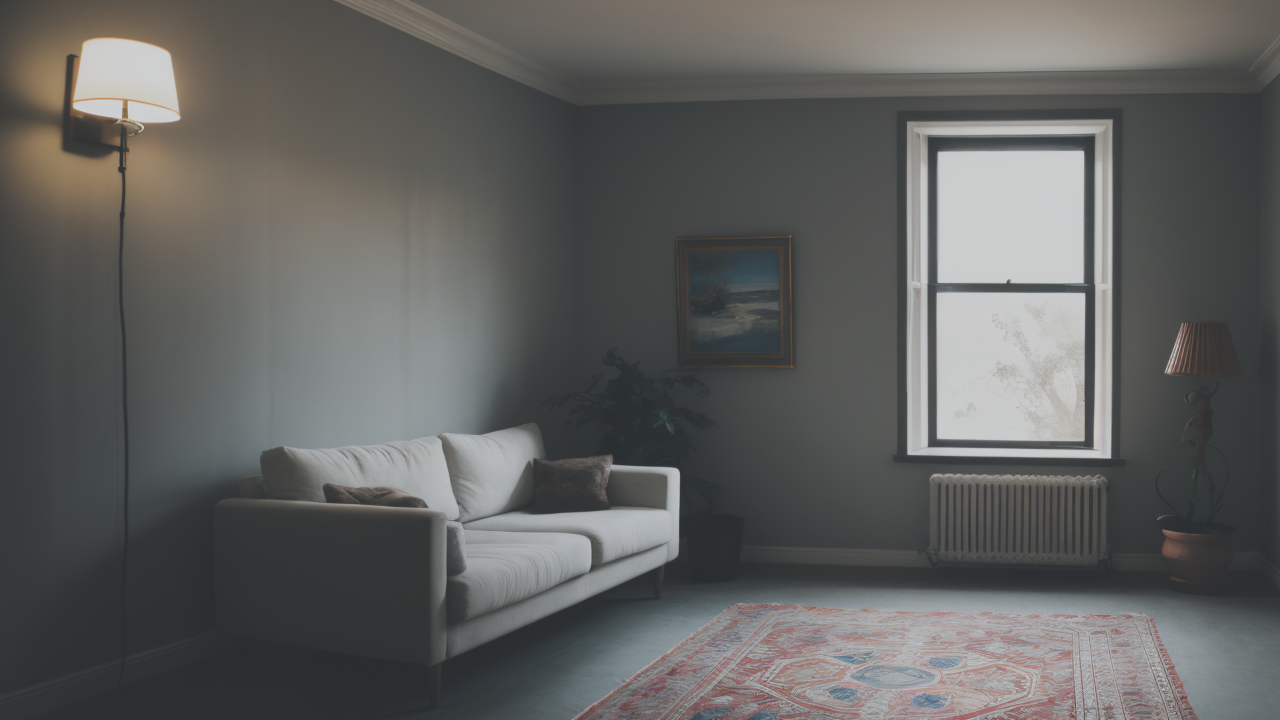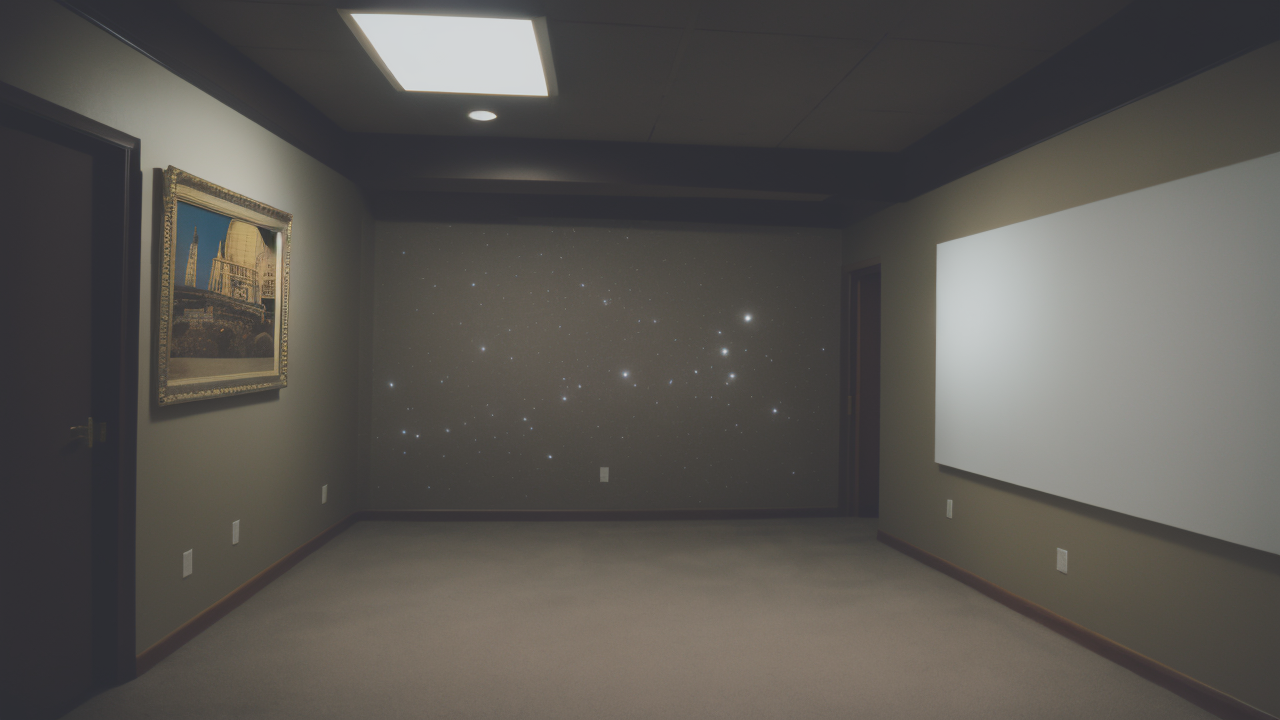
The Psychology of Color: Choosing the Perfect Abstract Art for Your Home
The History and Resurgence of Nawabi Aesthetics
The Nawabi Era: A Historical Perspective
The Nawabi era was a time of great art and culture in India. It started in the 1700s and lasted until the mid-1800s. The Nawabs were rulers who loved fine things. They supported many artists and craftsmen.

Nawabi art is known for its bright colors and fine details. It often shows scenes from royal life, nature, and stories. The style mixes art from Persia, the Mughals, and India. This blend created a unique look that is still loved today.
The art from this time tells us about how the Nawabs lived. It shows their love for beauty and their power. Today, people are looking at this old style with new eyes. They see it as a link to history and a source of fresh ideas for design.
Nawabi art is more than just pretty pictures. It's a window into a rich culture. It shows how art can reflect the values and tastes of a society. This makes it interesting for both art lovers and history buffs.
Nawabi Style in Modern Home Decor
Nawabi-style art is becoming popular in US homes. This trend shows that people like designs from around the world. They enjoy mixing different cultural styles in their homes.
Modern Nawabi art often uses bright colors like red, blue, and gold. It may show images of peacocks, elephants, or flowers. These elements add warmth and interest to modern rooms.
Today's artists are giving new life to Nawabi designs. They mix old methods with new ideas. This creates art that feels both old and new at the same time.
Adding Nawabi art to a room can change its whole look. It becomes the main point of interest. The style works well with many types of decor. This makes it popular with people who want unique home designs.
Nawabi art in modern homes is more than just decoration. It's a way to show respect for other cultures. It can make a space feel worldly and sophisticated. This art style helps create homes that are both beautiful and meaningful.
Impact of Nawabi Painting on Contemporary Interiors
Infusing Tradition with Modern-Day Creativity
Nawabi painting is finding new life in today's homes. Artists and designers are mixing old styles with new ideas. This blend honors the past while looking to the future.

Many artists now use Nawabi themes in fresh ways. They might use old patterns with modern colors. Or they could put traditional designs on new materials. For example, a classic Nawabi pattern might appear on a modern lamp or rug.
This creative approach helps Nawabi art fit into modern homes. It adds cultural depth without feeling out of place. The result is rooms that are stylish and have a story to tell.
Designers are finding clever ways to show Nawabi-inspired art. They might group several pieces to make a gallery wall. Or they could use one large piece as the room's main focus. These methods help the art blend with the overall design.
By mixing old and new, artists keep Nawabi style alive and relevant. They show that traditional art can evolve and stay fresh. This approach appeals to people who love both history and modern design.
The Role of Colorful Wall Art in Cultural Expressions
Colorful wall art plays a big role in showing cultural identity at home. Nawabi-style pieces, with their bright colors and detailed designs, are perfect for this. They let people show their heritage or love for different cultures.
In US homes, Nawabi art can start great conversations. It invites guests to learn about other traditions and histories. This sharing of culture can build understanding and respect among people.
The bold colors of Nawabi art also affect how a room feels. They can make a space lively and welcoming. This is great for areas where people gather and talk.
Many people use Nawabi-inspired art to add life to plain rooms. A colorful piece can turn a simple wall into something special. It's an easy way to add character and style to any room.
Colorful wall art does more than just look good. It can change the mood of a space. It can make people feel happy, calm, or energized. This makes it a powerful tool in home design.
Expert Tips for Incorporating Nawabi Art into US Homes
Selecting the Right Pieces for Your Decor
When choosing Nawabi-style wall art, keep these tips in mind:

- Size: Pick pieces that fit your wall space well.
- Color: Choose art that goes with your room's colors.
- Theme: Look for art that matches your overall home style.
- Quality: Buy well-made pieces that will last a long time.
- Authenticity: Try to buy from artists who respect the tradition.
Think about the room's use when picking art. A big, bold piece might be great for a living room. For bedrooms, choose calmer designs.
Don't be afraid to mix things up. Combine Nawabi art with other styles for a unique look. This can create a space that truly shows who you are.
Remember, sometimes less is more. One amazing piece of Nawabi art can have more impact than several small ones. Choose carefully and let your art make a real statement.
When placing art, consider the light in the room. Good lighting can make the colors in Nawabi art really pop. This can turn a nice piece into a stunning focal point.
Care and Maintenance of Nawabi Wall Art
Taking good care of your Nawabi-style wall art will keep it beautiful for years. Follow these tips:
- Dusting: Use a soft, dry cloth or feather duster to remove dust often.
- Cleaning: Don't use harsh chemicals. If needed, use a slightly damp cloth to clean gently.
- Sunlight: Keep art out of direct sunlight to prevent fading.
- Humidity: Control room moisture to protect paintings or prints.
- Framing: Use acid-free materials for framing to preserve the art.
Be careful when moving or hanging your art. Always lift from the frame, not the canvas or paper. If you're not sure about cleaning or fixing, ask an art expert for help.
Consider moving your art around now and then. This prevents uneven fading and lets you enjoy different pieces in new ways. It also helps preserve the art by giving each piece a break from being on display.
Check your art regularly for any signs of damage. Catching problems early can prevent bigger issues later. If you notice any changes, like fading or peeling, get advice from an art professional.
With good care, your Nawabi-inspired wall art will bring color and culture to your home for many years. It's worth taking care of this beautiful and meaningful art.


